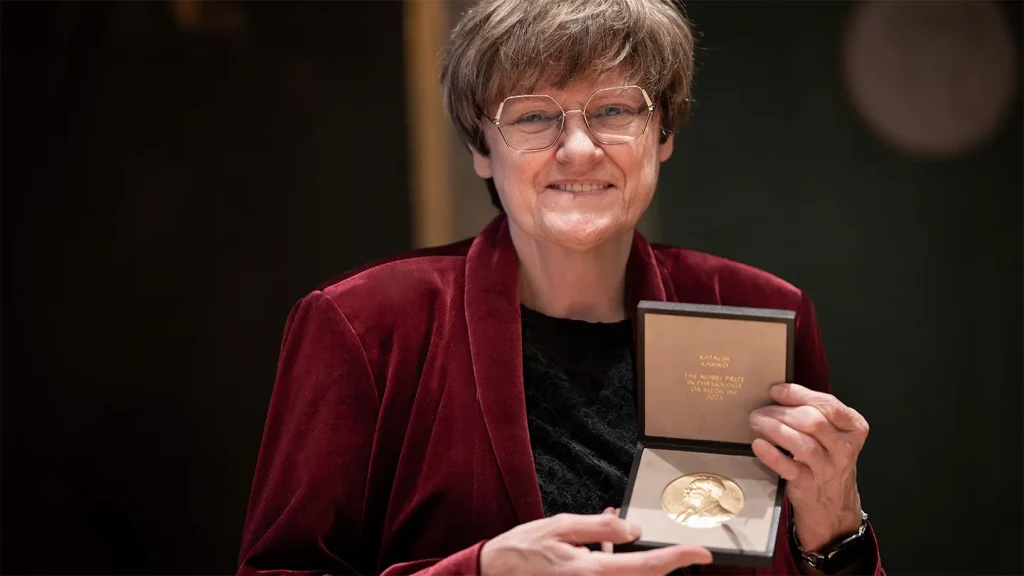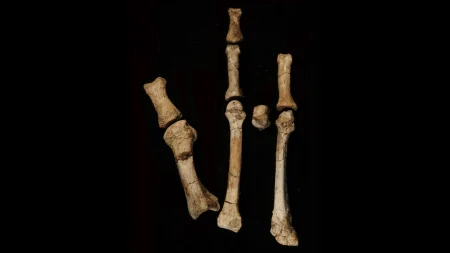From a Late-Night Call to Scientific Legacy: The Journey of Nobel Prize Winners
In the early morning hours of October 2, 2023, Katalin Karikó was awakened by an unexpected phone call. Initially thinking it was a maintenance request for her husband, she was stunned to hear a voice from Sweden informing her that she had won the Nobel Prize in Physiology or Medicine for her groundbreaking work on mRNA technology—research that would later prove crucial for the rapid development of COVID-19 vaccines. With this announcement, Karikó joined the most elite circle in science, becoming one of only 13 women to receive this particular Nobel Prize.
The Nobel Prize represents the pinnacle of scientific achievement, yet its reach extends to only a small fraction of scientific disciplines and an even smaller group of scientists. Established by Alfred Nobel, a Swedish chemist who invented dynamite in the 19th century, the prizes weren’t originally intended to become the “Olympics of science,” as Marshall Lichtman of the University of Rochester Medical Center notes. Rather, Nobel likely hoped to provide winners with the means to continue their exceptional work. What made the Nobel Prizes stand out when they were first awarded in 1901 was their global scope—they were open to scientists from any country, making them truly international in a way few recognitions were at that time.
The selection process for Nobel laureates is rigorous and deliberate. “We are only allowed to award a discovery, not a person,” explains Juleen Zierath from the Karolinska Institutet, which awards the prize in Physiology or Medicine. The committees invest significant effort in eliminating bias, with Zierath pointing out that the 50-member assembly ensures decisions aren’t made by a single individual. The process begins with soliciting nominations worldwide and continues through careful assessment of each candidate’s contributions to determine if they truly represent groundbreaking discoveries deserving of the Nobel’s distinguished recognition.
Despite these efforts, the Nobel Prizes reflect historical disparities in science. Winners overwhelmingly tend to be white men from wealthy regions like the United States and Western Europe. This imbalance stems largely from systemic advantages—these regions have traditionally invested heavily in scientific research and infrastructure, creating environments where major discoveries are more likely to occur. The path to Nobel-worthy research typically requires access to prestigious universities and well-funded laboratories, opportunities that have historically been less accessible to women and people of color. As sociologist Harriet Zuckerman observes, there exists an “array of obstacles that line the course of women’s careers,” making it statistically less likely for them to reach positions where they can conduct prize-winning research.
The journey from making a discovery to winning a Nobel Prize can span decades. “Normally, it takes—from the first nomination until you get the prize—10, 20, 30 or even 40 years,” explains Nils Hansson, a science historian. This means the scientific community must not only recognize a discovery’s significance but continue to advocate for it over time. The prizes typically go to laboratory directors rather than all contributing researchers, leaving many critical contributors unrecognized. Victor Ambros, who won the 2024 Nobel Prize in Physiology or Medicine for discovering microRNAs, acknowledged that his wife Rosalind Lee, who manages his lab, contributed equally to the research but did not share in the award—highlighting the limitations of recognizing only up to three individuals per prize.
Despite its limitations, the Nobel Prize continues to play a vital role in celebrating scientific achievement and inspiring public interest in research. The structure of the prizes—confined to the categories Nobel outlined in his will—means many important scientific fields like ecology, oceanography, climate science, and geology fall outside their scope. Nevertheless, as Ambros reflects, the true value of the Nobel Prize may lie in its ability to spark curiosity: “When people hear that I won a Nobel Prize, they don’t only get curious about me and my work—they get curious about science.” In this way, the Nobel Prize transcends individual recognition to become a powerful ambassador for scientific inquiry, reminding us all of science’s transformative potential in addressing humanity’s greatest challenges.














